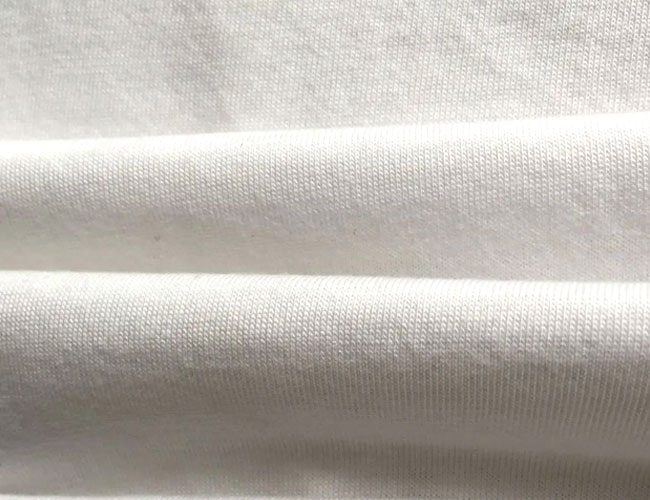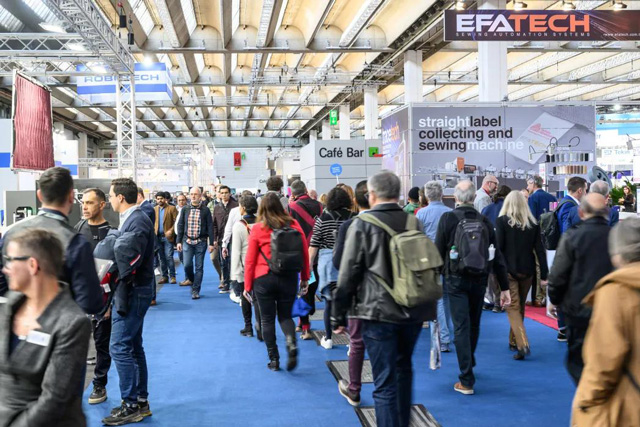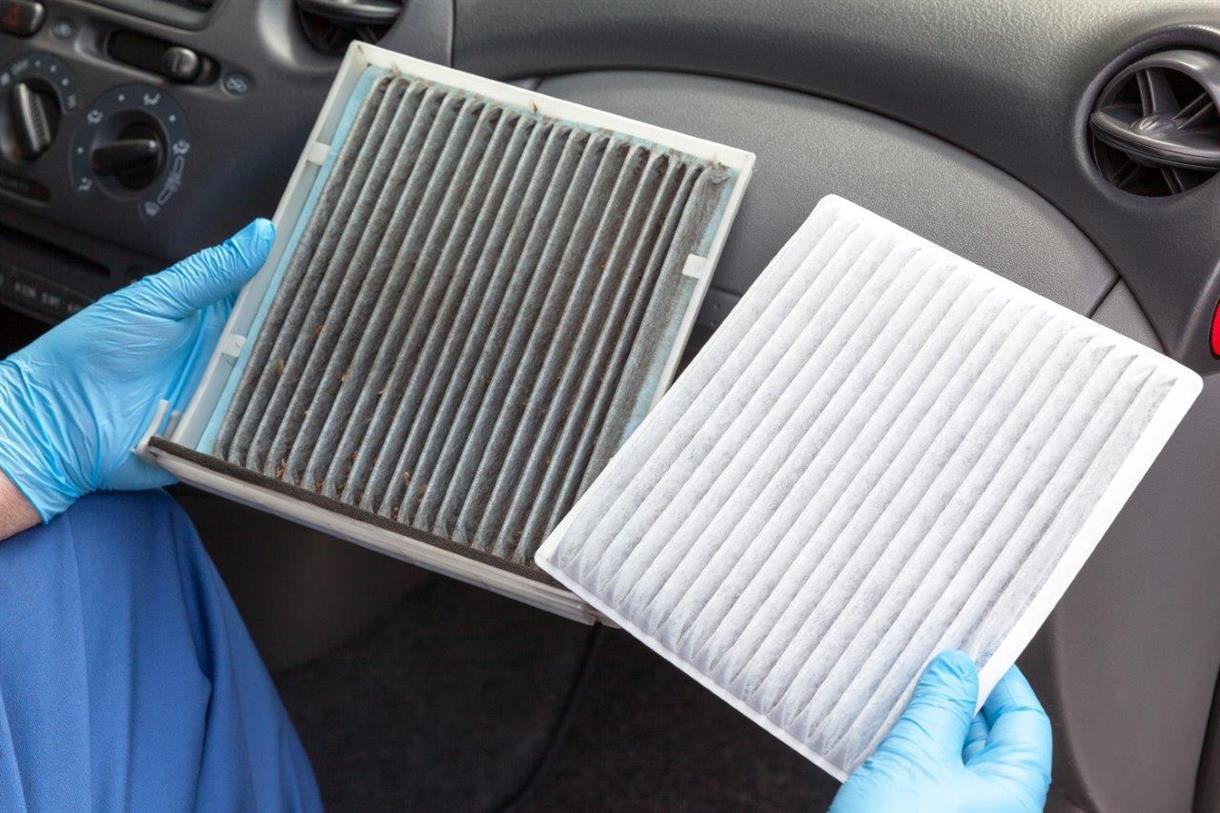
Modal fiber is a kind of cellulose fiber, and rayon is the same as cellulose fiber, is a pure man-made fiber. Made from woody pulp from the bushes of Europe after a special spinning process, modal products are mostly used in the production of underwear because of its inherent good softness and excellent moisture absorption, but its fabric stiffness is poor.
Modal can also reflect its weaveability in the weaving process of woven fabrics, and can also interweave with other fiber yarns, so as to weave a variety of fabrics. Modal products have a broad development prospect in modern clothing and apparel.
1. Modal knitted fabrics are mainly used for making underwear.
2. However, the modal has a silvery-white luster, excellent dyeability, and bright color after dyeing, which is enough to make it a talent used for outerwear.
3. Because of this, modal is increasingly becoming material for outerwear and its decorative fabrics.
4. In order to improve the disadvantage of poor stiffness of pure modal products, modal can be blended with other fibers and can achieve good results.
5. JM/C (50/50) can make up for this shortcoming.
6. Blended fabrics woven with such yarns make the cotton fibers more supple and improve the appearance of the fabric.
1. Modal fiber is made of wood from nature and can be degraded naturally after use.
2. Modal fiber fineness is 1dtex, while cotton fiber fineness is 1.5-2.5tex, silk fineness is 1.3dtex.
3. Modal fiber is soft. Polished, colorful, the fabric feels especially soft, the fabric surface is shiny and bright, drapability are more than the existing cotton. Polyester. Cotton is good, luster and feel, and is a natural mercerized fabric.
4. Modal fiber has the strength and toughness of synthetic fiber, with dry strength of 3.56cn/tex and wet strength of 2.56cn/tex. The strength is higher than that of pure cotton and polyester cotton, which reduces the breakage phenomenon in the processing.
5. Modal fibers have a 50% higher moisture absorption capacity than cotton fibers, which allows Modal fabrics to stay dry. Breathable. It is ideal for intimate fabrics and health care apparel products, which is beneficial to human physiological circulation and health.
6. Modal fiber has good morphological and dimensional stability compared with cotton fiber, which makes the fabric have natural wrinkle resistance and non-ironing property, making it more convenient to wear and natural.
7. Modal fiber dyeing performance is better and after many washes still remain bright as new, and moisture absorption and thorough, good color fastness, compared with cotton, more comfortable to wear, no cotton clothing easy to fade, yellowing shortcomings. Therefore, the fabric is bright and colorful. Fabric-taking performance is stable, and with cotton fabrics together after 25 times of washing, the feel will be harder and harder. Modal fiber fabric is the opposite, the more you wash the softer, and the more you wash the brighter.
8. Modal dry strength is close to polyester strength (35cn/tex), wet strength is slightly lower than cotton, very soft, wet state elongation is small, the dry state elongation of the fiber between cotton and viscose, its wet state elongation and cotton is about the same, but less than viscose; washing shrinkage is low, its good moisture absorption capacity, fifty percent higher than cotton, and moisture absorption speed is very fast. Modal fiber dyeing characteristics, its absorption rate of pigment faster than combed cotton and combed cotton, and high absorption rate, bright color after dyeing; good breathability.

 Techtextil & Texprocess Rounded Off
Techtextil & Texprocess Rounded Off
 Nonwovens in daily life ----- filtration
Nonwovens in daily life ----- filtration
 Nonwovens in daily life ----- automotive
Nonwovens in daily life ----- automotive
 What is SAP – superabsorbent polymers
What is SAP – superabsorbent polymers